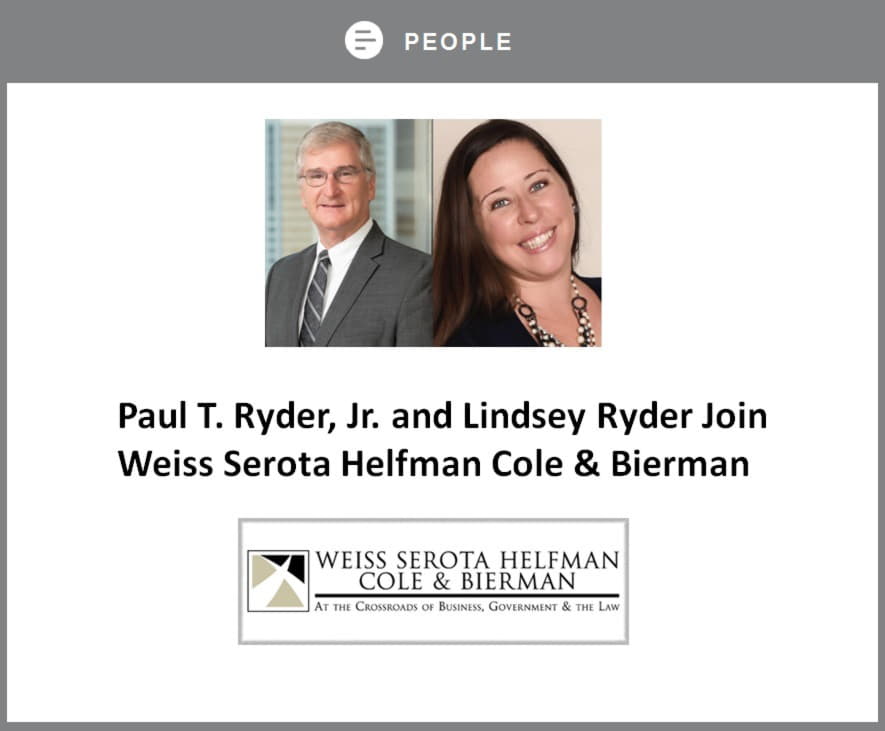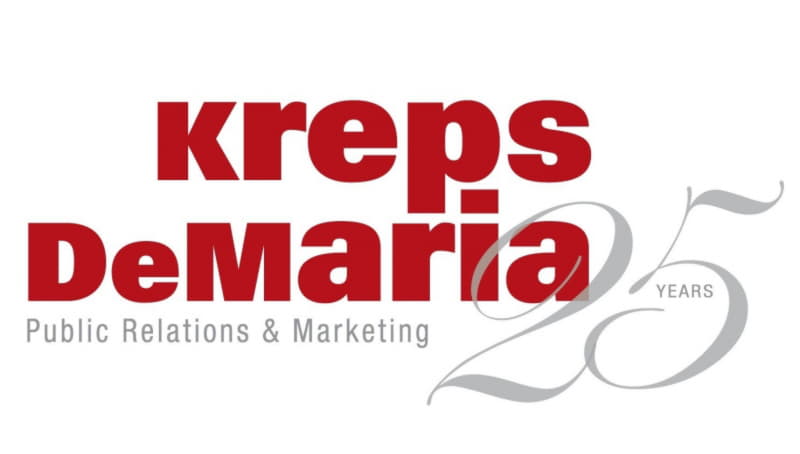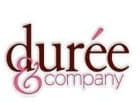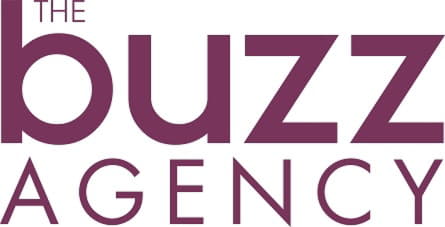Key findings
- Washington D.C. holds on to the top spot for the third year in a row. It has an overall score of 70.5 this year, dropping about four points from last year.
- Charlotte, N.C. remains the toughest city in our analysis for working women. Opportunities can be hard to find in the ironically named Queen City, with a 6% female unemployment rate and low percentages of women business owners and managers. Its overall score dropped half a point to 31.6.
- Child care is extremely expensive across the 50 metro areas analyzed. Child care costs eat up nearly 22% of earnings, on average.
- Assuming that housing costs equal 25% to 30% of income, and add in the average percentage of 22% for child care, there goes nearly half of the average woman’s earnings. That leaves little room for savings after you factor in expenses like food and transportation.
- Child care costs have only slightly improved from last year, when they took up nearly 23% of a woman’s income.
- At 52.4%, over half of Nevada’s state legislators are women. Kudos to Las Vegas, which has the highest percentage of women legislators in the 50 metro areas we examined for this study. Second place goes to Denver — 46% of Colorado’s legislators are women.
- Tennessee has a lot to learn from Nevada and Colorado. In Nashville and Memphis, women make up only 15.2% of the Volunteer State’s legislators.
- The largest gender wage gap among the metro areas we looked at is in San Jose (28%), which is unsurprising given its location in Silicon Valley. According to the United States Census Bureau, only about 26% of Americans working in computer, engineering and science jobs are women.
- The earnings gap between men and women who work full-time is down about 1% from 19.5% to 18.3% over the 2017-2018 time period.
- Almost half (22) of the metro areas we looked at offer no state protections to workers who are pregnant or who have children.
- In contrast, Boston managed to snag the highest score of 80 for these protections in our methodology.
The top 10 U.S. metros for working women
The LINK above shows the 10 cities that offer working women the most equitable compensation and most opportunities for career advancement. Coastal cities seem to fare better, with four located on the West Coast and three on the East Coast.
- Washington D.C. continues to top the list, thanks to its strong scores across the board: Washington D.C. has strong policies in place to protect working women, scoring high for both parental and pregnancy workplace protection. Additionally, plenty of women in D.C. are climbing the corporate ladder. Nearly 44% of managers in the nation’s capital are women — the highest percentage of all the metros we studied, tied with Virginia Beach, Va.
- Seattle comes in second: It has the highest percentage of businesses owned by women and one of the top percentages of female managers. It also has one of the highest percentages of women with employer-provided health insurance (70.2%). One persistent hurdle for working women in the Emerald City is the pay gap between men and women. There is a 23% gap in earnings between men and women here, which is 1% higher than last year.
- San Francisco is third: This city has one of the lowest unemployment rates for women. Another plus is that women are an important part of the entrepreneur community. Our analysis shows 34% of San Francisco businesses are woman-owned.
- Minneapolis shines for not only employing women, but insuring its working women, too: It has the lowest percentage of unemployed women at 3.2%. Even better, of all those employed women, 72.6% have employer-provided health insurance — the highest percentage of all 50 metro areas we looked at. Where the Mill City falls behind a bit, however, is its child care costs and lack of robust protections for working parents and pregnant women.
The bottom 10 U.S. metros for working women
Of the 10 cities that offer women the least favorable economic conditions, public policies and leadership opportunities, most are concentrated in the South. Specifically, six of the 10 are in Southern states:
- Charlotte, N.C.
- Birmingham, Ala.
- Memphis, Tenn.
- Oklahoma City
- Miami
- Houston
- Charlotte, N.C. maintains its rock-bottom spot in our rankings: Women have nearly nonexistent parental protections in Charlotte, and among all the metro areas we studied, women in Charlotte pay the most in child care, which claims an average of more than 26% of earnings. The gender wage gap in Charlotte even went up one percentage point, while the percentage of state legislators who are women dropped slightly.
- Detroit also made little improvement, keeping its spot in 49th place: It may prove to be slightly difficult for women looking for employment in Detroit, despite the improving economy. Our analysis shows that 6.5% of women in Detroit are unemployed. Less than 26% of businesses in Detroit are women-owned — a fairly low mark. For the women who are employed, they have to fight against the second highest gender wage gap in our analysis at 27.6%. The outlook is even bleaker for mothers, as Detroit offers virtually zero parental and pregnancy workplace state protections.
- Birmingham, Ala. has the second-lowest percentage of businesses owned by women (23.9%), which doesn’t offer much upward mobility: The metro area also fails to protect its working mothers when it comes to paid leave, pregnancy accommodation and flexible time off to attend school events. In our scoring system, Birmingham scored 0, like many of our bottom 10 cities. Without these protections, it’s little consolation that women in Birmingham, Ala. pay the smallest percentage (17.3%) of their earnings for child care.
- Tennessee lacks women in government: At 15.2%, the state has the lowest percentage of women as state legislators. This brings down the Memphis metro area into the bottom 10 (No. 47) as well as Nashville, which ranked at No. 39. Memphis also scored low thanks in part to its unemployment rate among women — at 7.2% it’s the second highest on our list — and the little entrepreneurial opportunities it provides to women. Women own only 24.6% of businesses in Memphis.
- Miami faces a conundrum: there seem to be plenty of job opportunities for women, but these aren’t necessarily the most secure: The city has the lowest gender wage gap (8.6%) in our analysis, but only half (51.2%) of its working women are covered by employer-sponsored health insurance. Miami also failed our workplace protections scoring system for parents, with a score of 0.
Full rankings: Where the largest 50 U.S. metros fit in
The LINK above provides a full overview of where each of the 50 largest U.S. cities rank. Check to see if your city is among the friendliest places for working women — or if it’s a spot where they’ll have more challenges getting ahead.
Data and methodology
MagnifyMoney took the 50 largest metropolitan statistical areas (MSAs) and ranked them against each other on a 100-point scale, based on eight factors relevant to women’s ability to achieve financial and professional success. The final score for each MSA is the average of points assigned for each metric, and those points are assigned based on where the metro falls between the highest and lowest values for all metros. The eight factors are:
- Employment. We looked at the percent of women who are unemployed, as reported in the American Community Survey 2018 from the U.S. Census Bureau (2018 ACS). We want to ensure a metro area is conducive for women’s employment.
- Health care. This is the percent of women between the ages of 18 and 64 (inclusive) who have employer-based health insurance, as reported by the 2018 ACS. In America, health care and employment are undeniably linked. Since access to health care is vital, especially for women, we wanted to make sure insurance is available in the top metro areas.
- Business ownership. Percent of businesses with employees that are owned, either wholly or equally, by women, derived from the 2016 Annual Survey of Entrepreneurs from the U.S. Census Bureau. This metric can help us see where women are not only employed, but thriving with their own business.
- Management positions. Percent of people in management occupations who are women, derived from the 2017 ACS. This metric helps check for upward mobility.
- Wage gap. Gap, as a percent, between median earnings of men and women, derived from the 2017 ACS. The best places for working women are going to be ones with smaller wage gaps.
- Child care. The average cost of in-center child care, as a percent of median earnings for women. Day care costs were reported in The Care Index from New America and Care.com, and median earnings were reported by the 2018 ACS. Child care is an important factor to consider for working moms.
- Representation. The percent of elected state (or district) legislators who are women, as reported by the Center for American Women and Politics at Rutgers University’s Eagleton Institute of Politics. The rights of working women are an important factor in the workplace so adequate representation is essential.
- Workplace protections. State pregnancy and parental workplace protections were scored on the following basis. The highest possible score was 100 points and the lowest was zero. The highest actual score was 80 and the lowest actual score was zero. Workplace protections ensure a safer and better working environment for women.
- Paid leave: The number of paid parental leave weeks covered by the state, divided by a maximum of 12 weeks, up to 50 points. Data was reported by the National Partnership for Women & Families. Paid leave controls for stability and fair workplace laws.
- Pregnancy accommodation protections: Finding the best place for working women means all women at all life stages; this includes checking for pregnancy accommodations. Each MSA was granted points based on six factors reported by the National Partnership for Women & Families, for a possible total of 30 points, for the following:
- The existence of such a law
- If the law covers both public and private employees
- If the law covers all employers, regardless of employer size
- If the law doesn’t specify medical documentation for accommodations
- If the law doesn’t include an “undue hardship” exemption for employers
- If the law expressly extends protections for issues related to breastfeeding
- Allowable time off to attend school events: The number of hours spent at a child’s school, per year, for which a parent cannot be fired, divided by a maximum of 40 hours, up to 20 points. Data was reported by workplacefairness.org. This metric also looks for workplace flexibility.
For the sake of clarity, each metro name is the first city and state listed in the MSA title, which we understand to be the most populous component of each MSA. The Care Index (child care costs) refers to Norfolk, Va., which we associate with the Virginia Beach, Va. MSA.



















